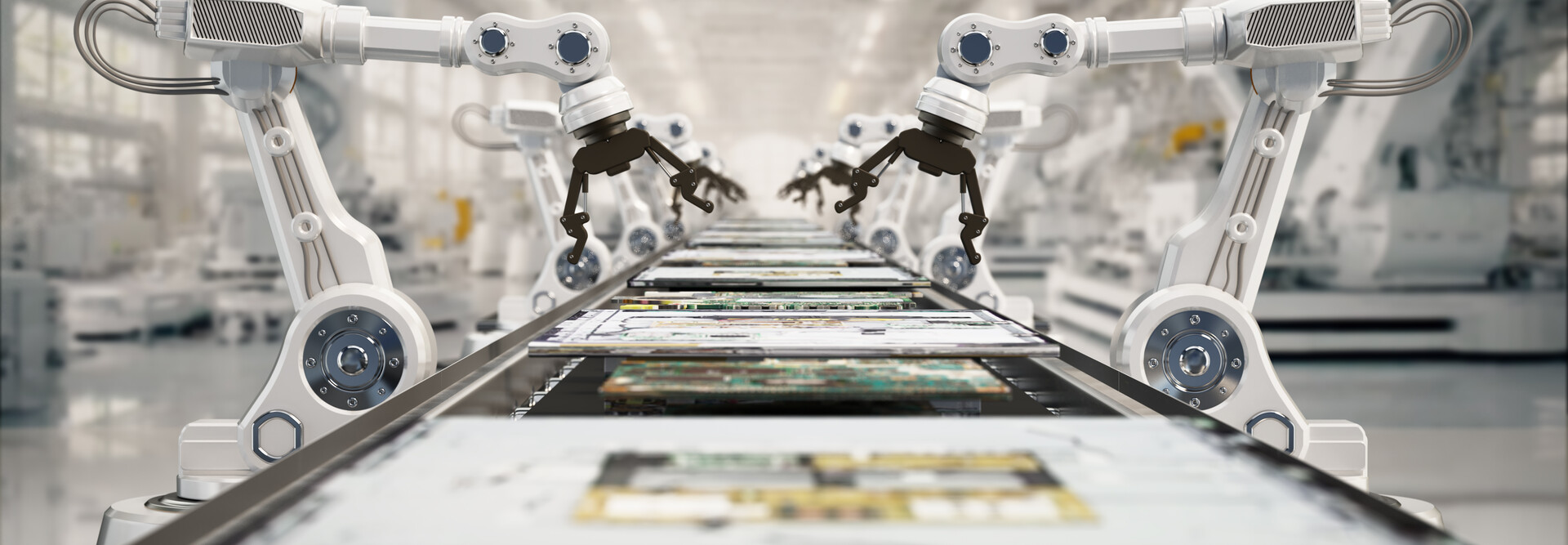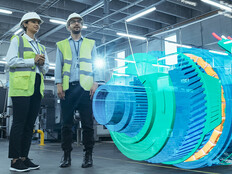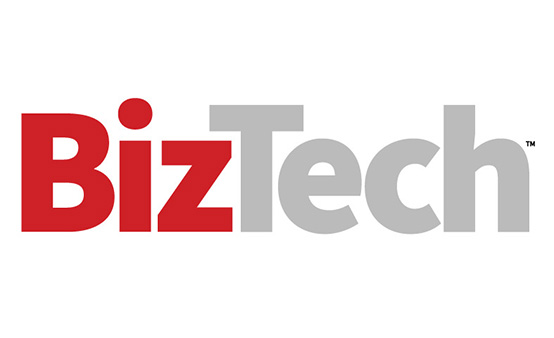What Are AI Factories, and How Do They Work?
An AI factory is a tightly integrated environment where machine learning and AI models are built, trained, deployed and continuously improved.
Graphics processing units (GPUs) power the high-speed simulations and real-time model training needed to process nanosecond-level trading data. This enables high-frequency traders to build predictive algorithms that look for returns outperforming the broader market after adjusting for risk.
In algorithmic trading, real-time performance is critical, so the ability to iterate quickly and manage models at scale has become a strategic advantage.
“They are the new IT infrastructure,” Lange says, but instead of IT, its focus is on velocity, governance and scale.
“AI factories are all about how you reduce the latency between model idea and model deployment,” she says.
EXPLORE: A new era of digital banking is powered by AI.
How Hedge Funds and Trading Firms Are Using AI Factories
Hedge funds and trading firms are deploying NVIDIA AI Enterprise with DGX systems to run large-scale simulations, train models on time-series financial data and execute GPU-accelerated back-testing and inference.
The platform combines high-performance hardware and software in a turnkey package, with CDW integrating DGX into enterprise data centers and orchestrating end-to-end AI workflows.
Quantitative firms are leveraging Google Cloud’s Vertex AI to teach machine learning models how to run forecasting, sentiment analysis and automated risk scoring.
When paired with Google Cloud’s BigQuery, Vertex AI can predict market trends and help traders adapt to changing financial environments.













